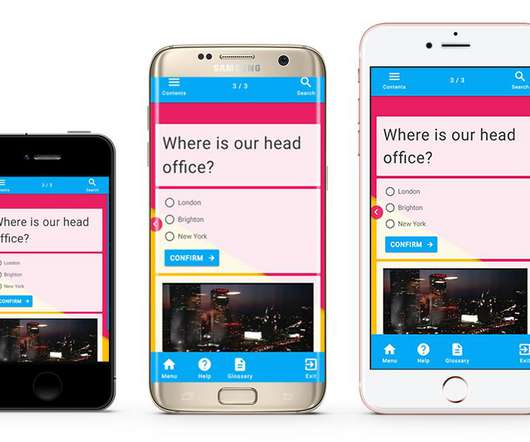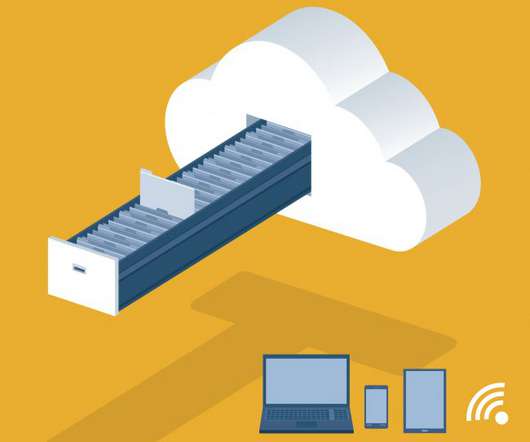How to Convert your Content from Flash to HTML5?
Hurix Digital
APRIL 10, 2019
In 2017, Adobe had made a formal announcement stating that by 2020, the company would no longer support the flash player plug-in. Google and Microsoft too have announced their intention to disable the plug-in in their browsers by early next year, thus bringing the curtains down for Flash. What exactly is Flash?
























Let's personalize your content